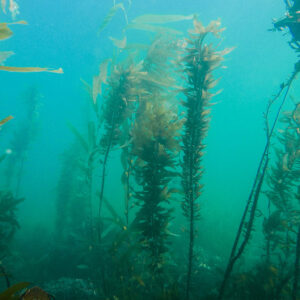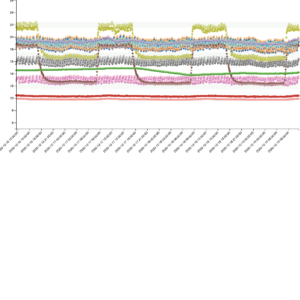Phenotypic Plasticity in a Changing Climate
How quickly can animals acclimate?
In response to an environmental change, animals can compensate through the process of acclimation – e.g. by altering muscle fiber size and type, capillarization, membrane composition, mitochondria density, the type and kinetic properties of metabolic enzymes, gill thickness, and ventricular composition. We are examining how quickly different processes can acclimate to environmental stressors.
Funding support: Worster Award
What are the costs, limits, and trade-offs of phenotypic plasticity?
One way that animals can cope with environmental change is through phenotypic plasticity, or reversibly changing their morphology (structure) and physiology (function) to better match the new environmental conditions. Our team is investigating the costs and limits of plasticity, and how this varies across species.
Collaborators: Alex Little
Funding support: NSF Santa Barbara Coastal LTER, Coastal Fund
How do ectotherms respond to fluctuating environments?
Many aquatic ectotherms live in thermally variable environments (e.g. intertidal temperatures vary with tidal cycles; freshwater stream temperatures vary diurnally). However, most thermal performance studies are conducted using static acclimation temperatures in a laboratory environment, which may not reflect nature. We are evaluating how aquatic ectotherm performance responds to fluctuating and static acclimation conditions.
Funding support: Coastal Fund, Worster Award, UC Santa Barbara



